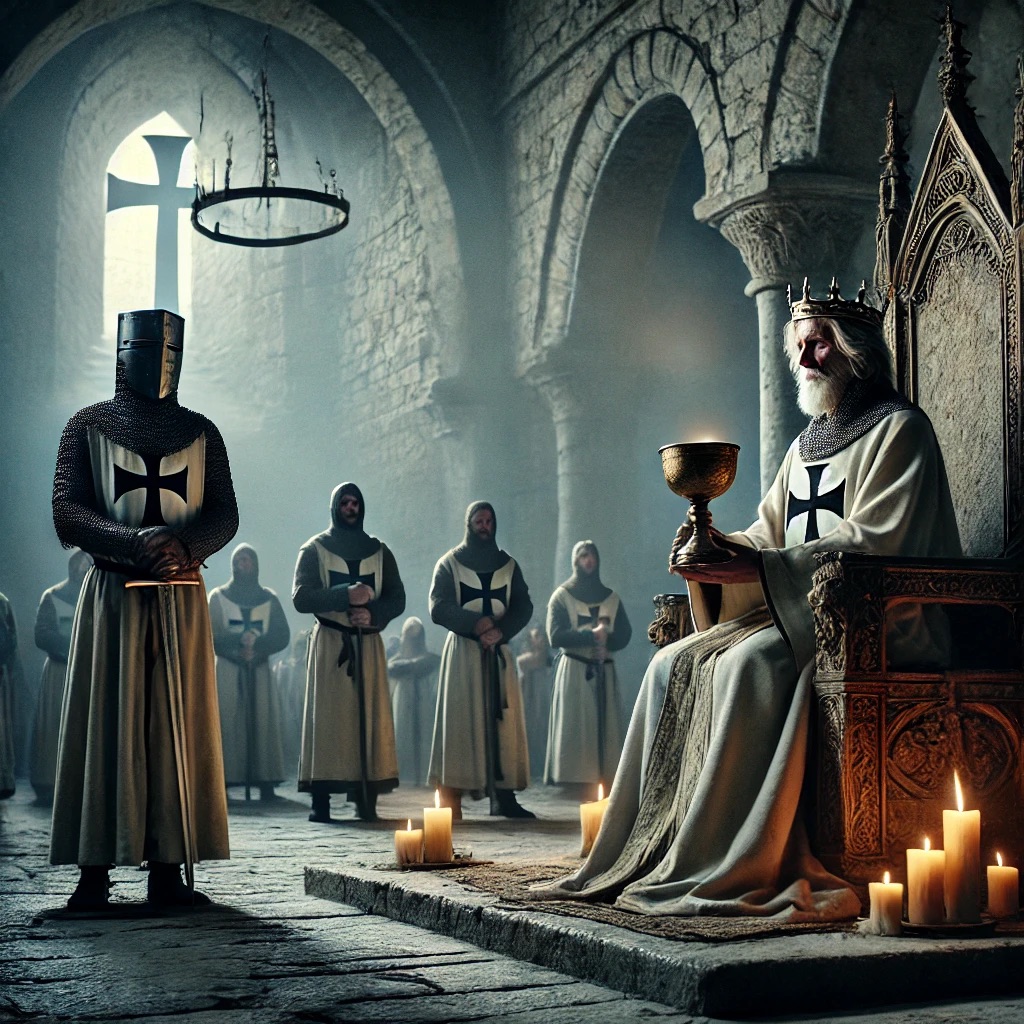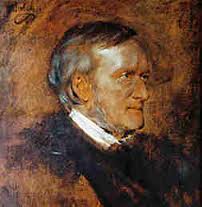And now, since the end is near :), I want to write a bit about the last Wagner’s operas: Der Ring des Nibelungen and Parsifal. Surely, we understand that in Der Ring, Wagner critiques the gods and rulers who perpetuate cycles of oppression and greed, reflecting his anarchist ideals; while in Parsifal, the knights’ spiritual decay mirrors the moral failure of religious and political institutions, tying to Wagner’s later disillusionment with worldly systems of power. But there are also ethical and philosophical relationships between Der Ring and Parsifal that charts Wagner’s evolution from anarchist-revolutionary to Schopenhauerian-mystic.
We might think that Der Ring and Parsifal are polar opposites in Wagner’s moral universe. The Ring is a story of power, will, and desire, where the ethical conflict revolves around the corrupting nature of power (embodied by the ring itself) and the human compulsion to control nature and fate. Alberich’s Promethean spirit of control and domination, and Wotan’s pursuit of divine order complicated by his own law and ambition, leading to a cycle of betrayal and ruin. On the other hand, Parsifal represents a spiritual counterpoint. Its mysticism emphasises grace, compassion, and redemptive purity. While Der Ring charts a descent into chaos through greed and power-lust, Parsifal seeks salvation through self-abnegation and the renunciation of worldly desire. Parsifal as the “the fool” achieves wisdom through innocence, not knowledge or power. This evolution actually resulted from Wagner’s discovery of Schopenhauer’s doctrine that true liberation comes not through the assertion of will, but through its negation.

Wagner’s anarchist phase (influenced by figures like Bakunin and the revolutionary spirit of 1848) infused his early concept of the Ring with ideas of liberation from tyranny and critique of power. Wotan is, in a sense, the ultimate “failed anarchist” — his efforts to create order (through laws and contracts) lead to his own entrapment, mirroring the anarchist critique of the state as a mechanism that inevitably becomes self-perpetuating. Wotan’s despair reflects Wagner’s recognition of the cyclical nature of power and the impossibility of genuine freedom within systems of control.
However, after Wagner’s discovery of Schopenhauer, his concept of ethical heroism shifted. Schopenhauer’s pessimism argued that life is suffering, driven by blind will, and the only escape is through the negation of that will. This had profound consequences for Wagner’s art. The Ring concludes not with liberation (as early anarchist Wagner might have imagined) but with Götterdämmerung — a total collapse of the system, not a revolution but an apocalypse. In Parsifal, however, Wagner envisions a more Schopenhauerian “redemption through compassion.” Amfortas’s suffering is finally healed not through heroic deeds, but through Mitleid (compassion) — a key Schopenhauerian virtue. This shift from heroic rebellion (Ring) to quiet renunciation (Parsifal) mirrors Wagner’s philosophical evolution.

The anarchism of Wotan’s rebellion gives way to the Schopenhauerian submission of Parsifal. Where once Wagner celebrated the Sturm und Drang (storm and stress) of the world, by the time of Parsifal, he embraced an otherworldly quietude.
Now about the theme of innocence. The figure of the innocent hero reoccurs across Siegfried, Parsifal, and even Lohengrin. Siegfried, as the wild child raised by Mime, embodies natural, untamed innocence. He is fearless, unburdened by history, and initially untainted by the corrupting influence of power or love. However, Siegfried’s innocence does not lead to wisdom but to his destruction. His ignorance of deception (betrayal by Hagen and even Brünnhilde’s eventual disillusionment) seals his tragic fate. Parsifal, by contrast, follows an explicitly spiritual and redemptive arc. Described as der reine Tor (the pure fool), Parsifal’s innocence allows him to overcome the forces of desire and temptation. It is a form of “higher innocence” — a purity that remains even after worldly trials. Unlike Siegfried, who succumbs to deceit, Parsifal achieves higher wisdom precisely because of his innocence. This innocence allows him to perceive the hidden suffering of Amfortas and ultimately to heal the King and restore the Grail. Wagner seems to suggest that innocence, when preserved as a form of higher insight (as in Parsifal), allows for salvation; while innocence that remains mere ignorance (as with Siegfried) or innocence that succumbs to doubt (as with Elsa) leads only to tragedy.




